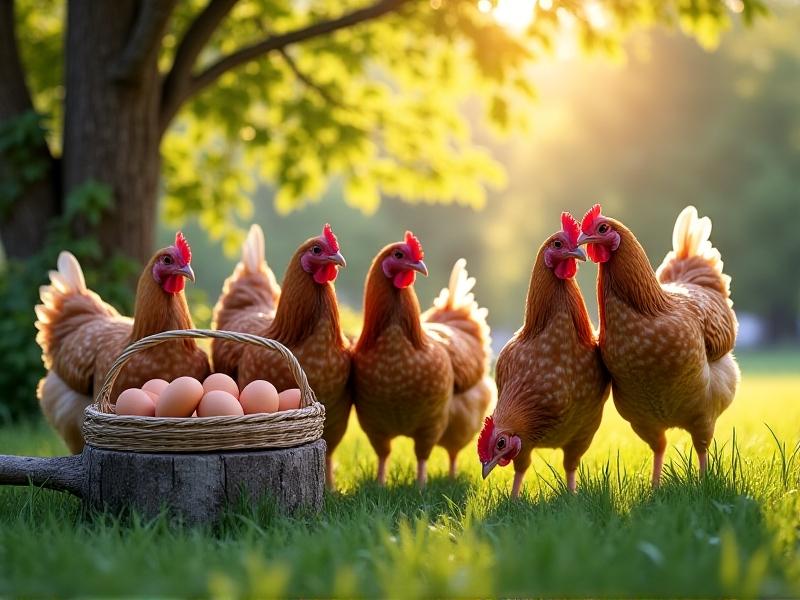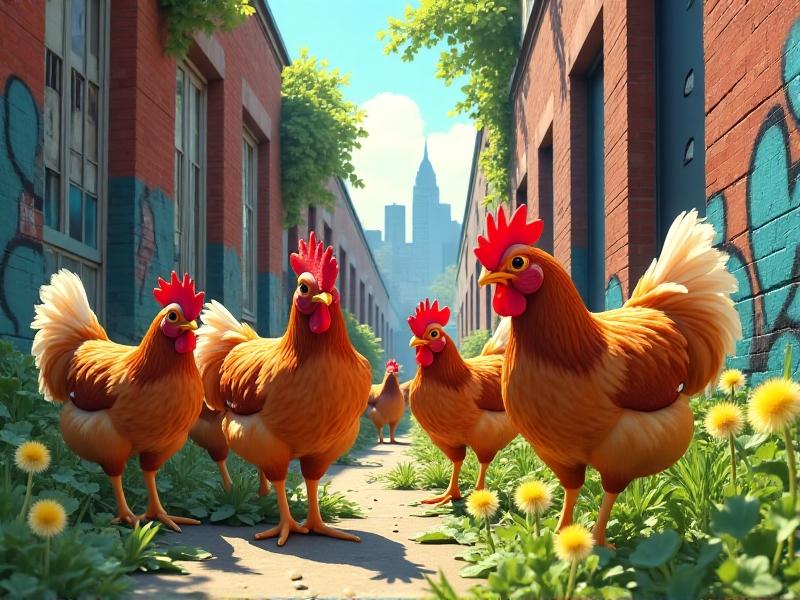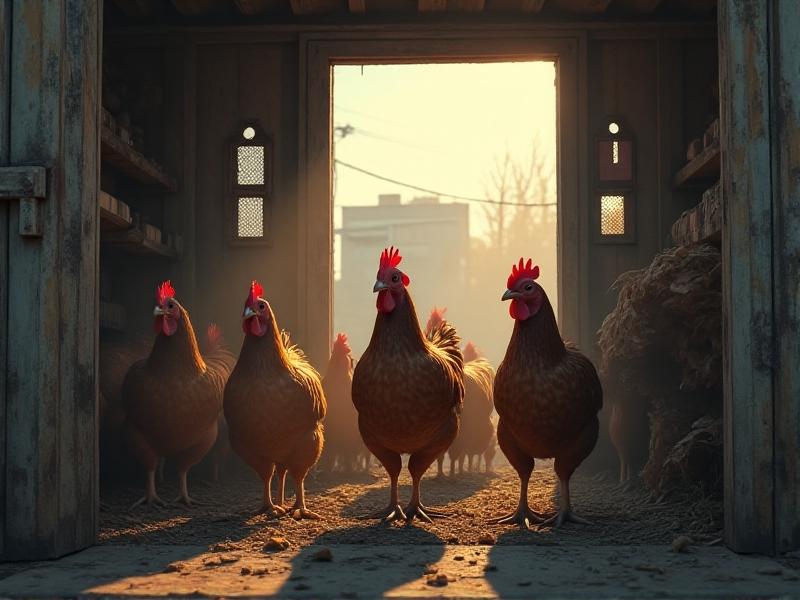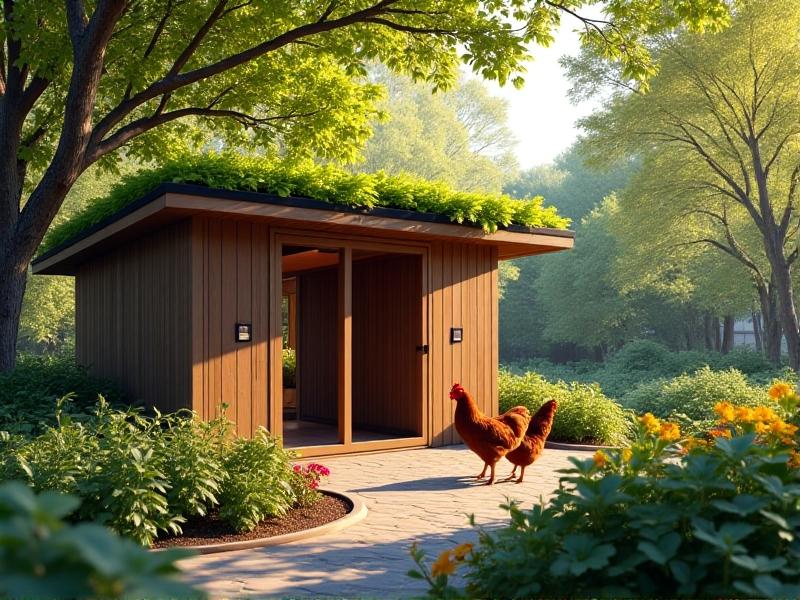Egg Quality Troubleshooting: Solutions for Urban Flock Issues
Understanding Common Egg Quality Challenges in Urban Flocks
Urban chicken keepers often face unique hurdles when maintaining egg quality. Limited space, noise pollution, and exposure to urban pollutants can stress hens, leading to thin shells, irregular shapes, or pale yolks. Recognizing these issues early is critical. For example, brittle shells may indicate calcium deficiencies, while watery egg whites often stem from heat stress or aging hens. Start by observing patterns: Are issues sporadic or consistent? Does egg quality decline during specific seasons? Documenting these trends helps pinpoint underlying causes, whether nutritional, environmental, or health-related.
Nutrition: The Foundation of Strong Eggshells and Yolk Color
A hen’s diet directly impacts egg quality. Calcium-rich feeds, such as crushed oyster shells or limestone, are essential for sturdy shells. Lack of protein—often overlooked in urban setups—can result in smaller eggs or reduced laying frequency. For vibrant yolk color, incorporate leafy greens, marigold petals, or paprika into their diet. Avoid kitchen scraps high in salt or processed sugars, which disrupt digestion. Consider supplements like probiotics to enhance nutrient absorption, especially if your flock relies on commercial feed. Remember, overfeeding treats can unbalance their diet, so prioritize high-quality layer pellets as the primary food source.

Environmental Stressors: Managing Noise, Light, and Space Constraints
City life bombards hens with stressors like traffic noise, artificial lighting, and cramped coops. Chronic stress triggers hormonal imbalances, reducing egg production and quality. Soundproofing coops with insulation or planting dense shrubs can dampen noise. Mimic natural daylight cycles by using timers for coop lights—14 hours of light daily is ideal. Overcrowding exacerbates stress, so allocate at least 4 square feet per hen indoors. Elevated roosts and private nesting boxes offer safe retreats. For balconies or rooftops, windbreaks and shaded areas help mitigate extreme weather, ensuring hens remain calm and productive.

Parasite Prevention: Protecting Hens from Internal and External Threats
Mites, lice, and worms thrive in urban flocks due to proximity to wild birds and rodents. Regularly inspect hens for feather loss, lethargy, or pale combs—signs of infestation. Diatomaceous earth dusted in nesting boxes deters external parasites, while garlic-infused water can help repel internal worms. Rotate grazing areas if possible, and keep coops dry to disrupt parasite life cycles. For severe cases, consult a veterinarian for poultry-safe dewormers. Preventative measures, like quarantining new birds and sanitizing equipment, are crucial for maintaining a healthy flock.

Predator Proofing: Safeguarding Your Flock Against Urban Wildlife
Raccoons, rats, and hawks pose significant risks in cities. Reinforce coops with hardware cloth instead of chicken wire, which predators can bend. Bury fencing at least 12 inches deep to prevent digging, and install motion-activated lights or alarms. Nighttime lock-ups are non-negotiable—raccoons are notorious for prying open latches. For rooftop flocks, netting or overhead wire protects against birds of prey. Regularly check for gaps or weak points, especially after storms, and involve neighbors in reporting local predator activity.

The Role of Genetics: Selecting Breeds Suited for City Life
Not all hens thrive in urban environments. Breeds like Australorps, Silkies, or Orpingtons are known for calm temperaments and adaptability to confined spaces. Avoid high-strung breeds that require extensive foraging areas. Hybrid layers, such as Golden Comets, excel in egg production but may have shorter lifespans. Research heritage breeds for resilience or dual-purpose varieties if you value both eggs and meat. Local urban farming groups often share insights on which breeds perform best in your climate, ensuring your flock remains productive and content.
Monitoring and Adjustments: Keeping Records to Improve Egg Quality
Consistent tracking reveals subtle shifts in egg quality and hen behavior. Maintain a logbook noting egg size, shell texture, laying frequency, and any environmental changes. Apps like Flock Star simplify data collection, allowing you to correlate issues like heatwaves with declines in production. Adjust diets seasonally—increase electrolytes in summer or fats in winter. Collaborate with local poultry clubs for feedback, and don’t hesitate to test soil or water for contaminants. Small, informed tweaks foster long-term flock health and reliable egg quality.








